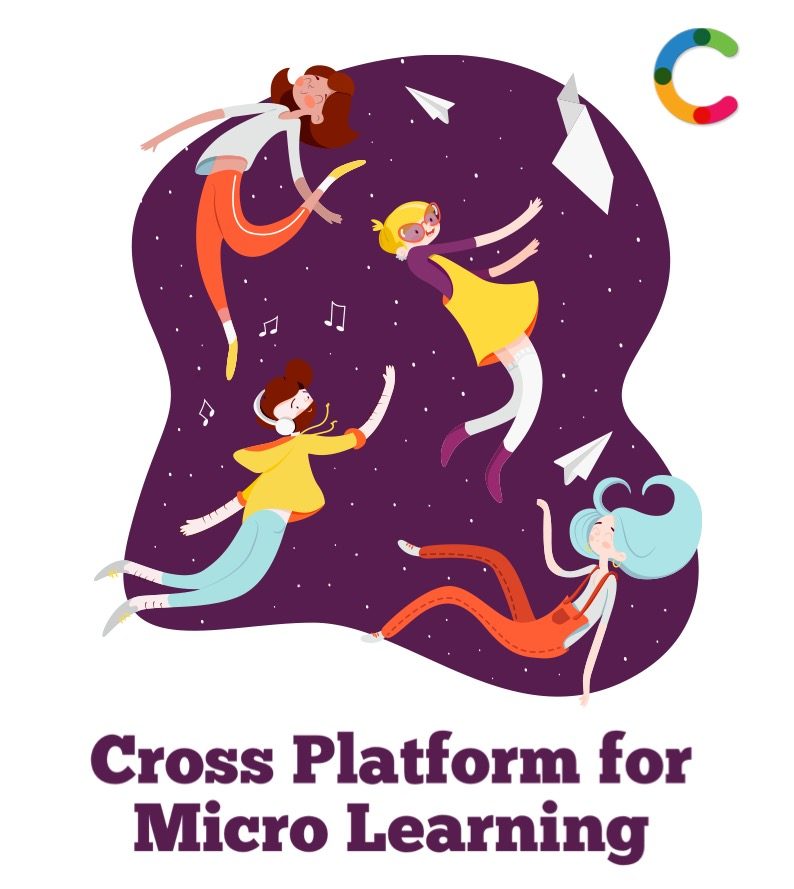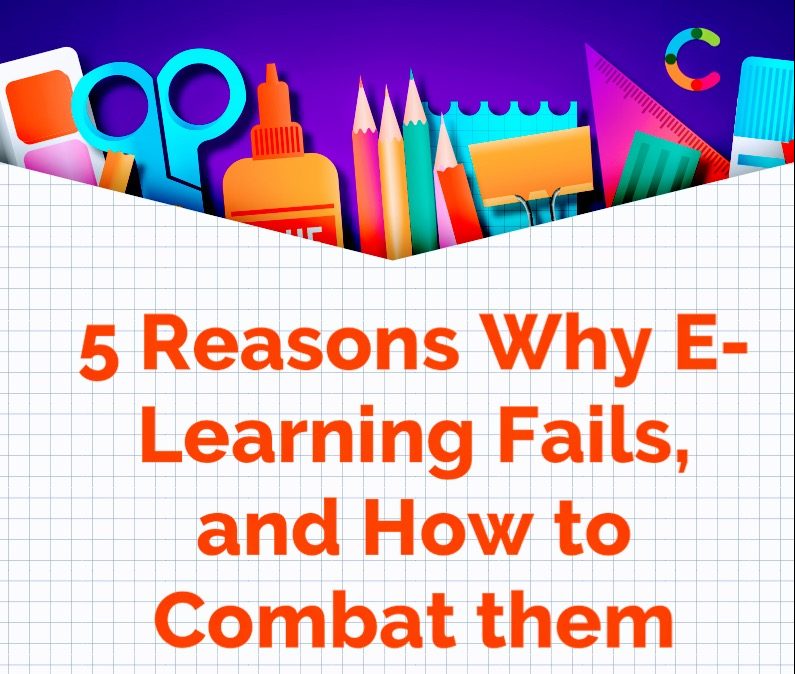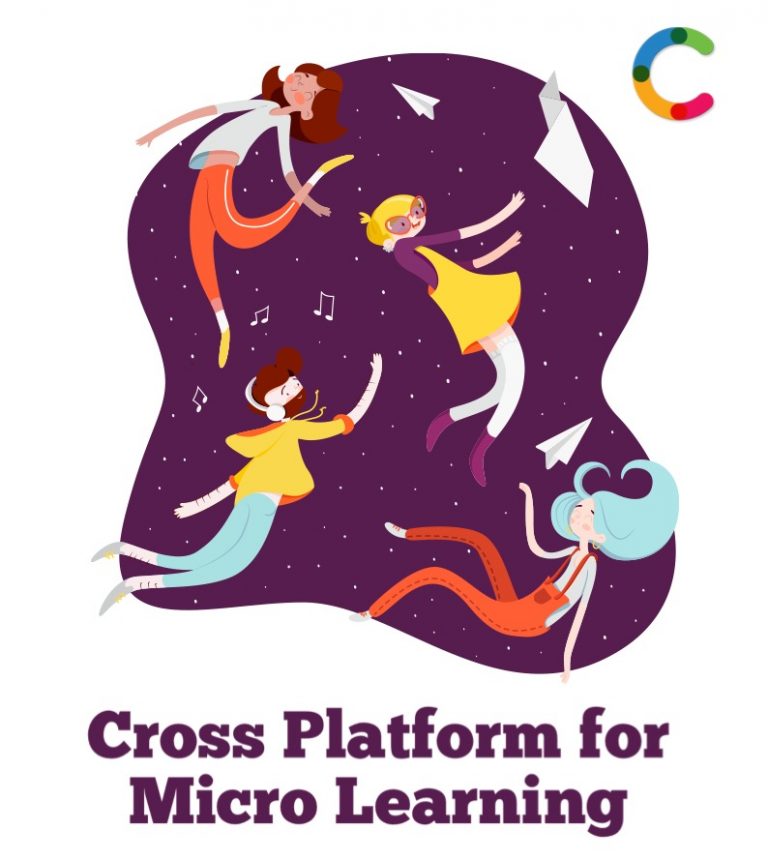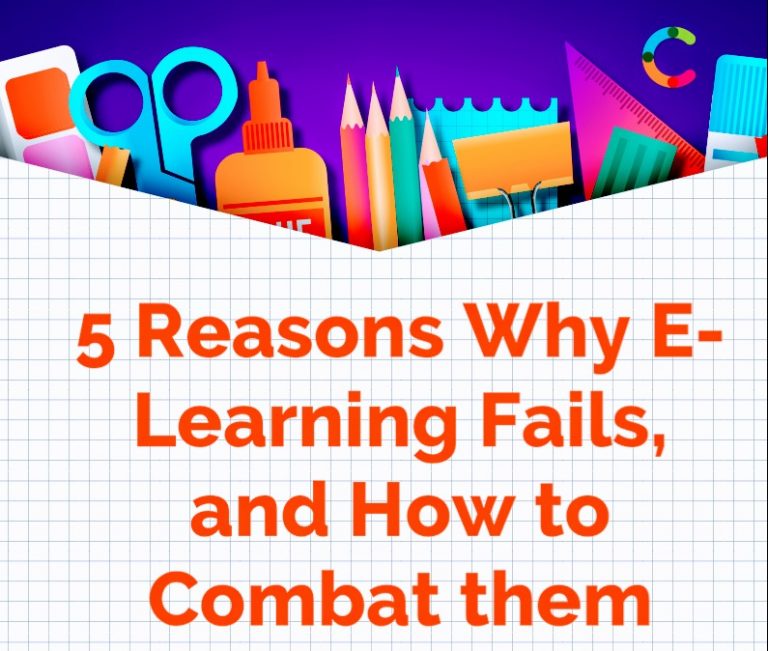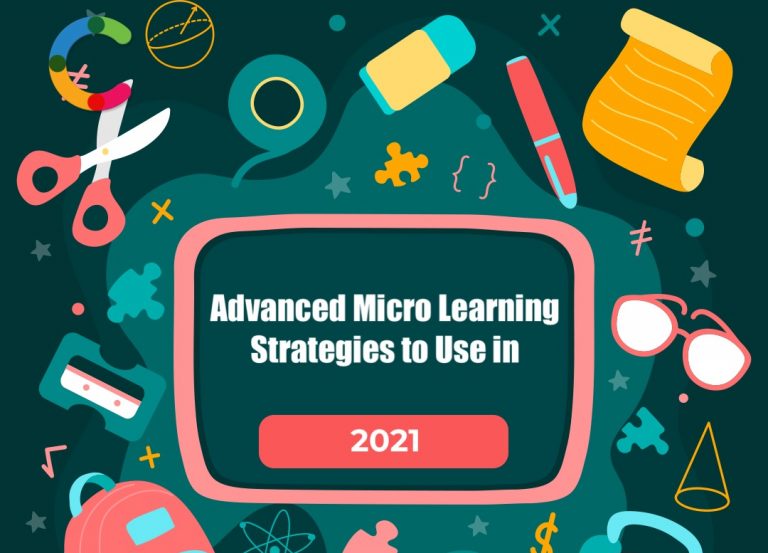Flex Micro Learning into a Blended Solution, Drive Engagement

In an age where attention spans are getting shorter by the minute, everything has been condensed into compact form, to keep them relevant and make them effective. This is one of the biggest reasons why micro learning is trending in the digital training world.
Micro learning condenses training information into small, easily manageable portions. It has made the previously tedious process of learning much simpler and more accessible. But how do you keep learners engaged and interested in your content? Read on and find out.
Define the Use of Micro Learning
It might sound like a no-brainer, but figuring out how you will use a particular micro learning module is the first and foremost step to ensure its success. Micro learning has four main uses. These are:
- Preparing learners for a longer, more intensive training course
- A refresher after a longer, more in-depth course
- Standalone training
- Performance support
Remember that each of these criteria needs a different type of micro learning module. What works as a preparatory program will certainly not be right as a refresher course. Similarly, developing a micro learning solution for standalone training will mean going on a completely different path.
Before creating your training module, take some time to figure out which of the above mentioned categories your module is addressing. This will simplify and streamline the process of creation. Otherwise, the process might spiral out of control and lose its effectiveness.
Identify Your Objective
The second and equally important step is to determine which performance or learning objective your micro learning solution will achieve. You might feel that a short micro learning program does not need an objective, but it does. Every creation must have a reason as the driving force behind it. Otherwise there is no need for its existence.
Having a clearly defined performance objective is almost always more effective than having a learning objective. Try to identify a learner behaviour that you wish to have an impact on.
Focus on Learners
Micro learning is typically centred on learners, so you need to have a deep understanding of your target demographic. During the process of creation, keep asking yourself, what does the learner need? Will my content be useful for learners?
Try to keep your content as learner-focused as possible. The learners should feel that your training program is addressing their individual needs. This ensures greater learner engagement.
Blended Training Solution
Micro learning can be flexed into a blended training solution in many cases. Following are some examples:
- Product Knowledge: Employees will be instructed about newly launched products through formal training. After this, use micro learning to reinforce product knowledge in them. This will act as their on-the-go consultant when they are dealing with customers or on-site.
- Sales Messaging: Short virtual reality sessions can put learners in a situation that simulates a real-life sales conversation. Learners can get immediate feedback in this scenario and can alter their sales strategy quickly. VR simulations help increase the confidence of employees.
- Compliance Training: Compliance training is a complex field to master in one training session. If an employee needs to know one particular point, they should not have to delve into pages of information about company policy. Micro learning modules can be organized by separate topics and accumulated in one app, that the employee can access on their smartphone, tablet, laptop or desktop.
- Technology: Employees who have difficulties adapting to new technology can use micro learning technical videos to learn about any new software the company purchases. This will help learners stay on-task.
- Onboarding: Onboarding needs to be an ongoing process to keep new employees confident and adept in their positions. Micro learning modules can condense complex material into smaller, bite-sized pieces and make this process easier.
Best Mediums
Micro learning need not always be video. It can be text-based or comprise of audio clips. Infographics can also be used to make the content more interesting for the learners. Introducing an element of gamification is also a great way to increase learner engagement. You can consider adding a competitive element to your micro learning module, to ensure better engagement and more interest.
Conclusion
Micro learning is in many ways tailor-made for our instant coffee loving times. Don’t neglect its nuances, and this small tool can become an effective weapon which will ensure your success.




